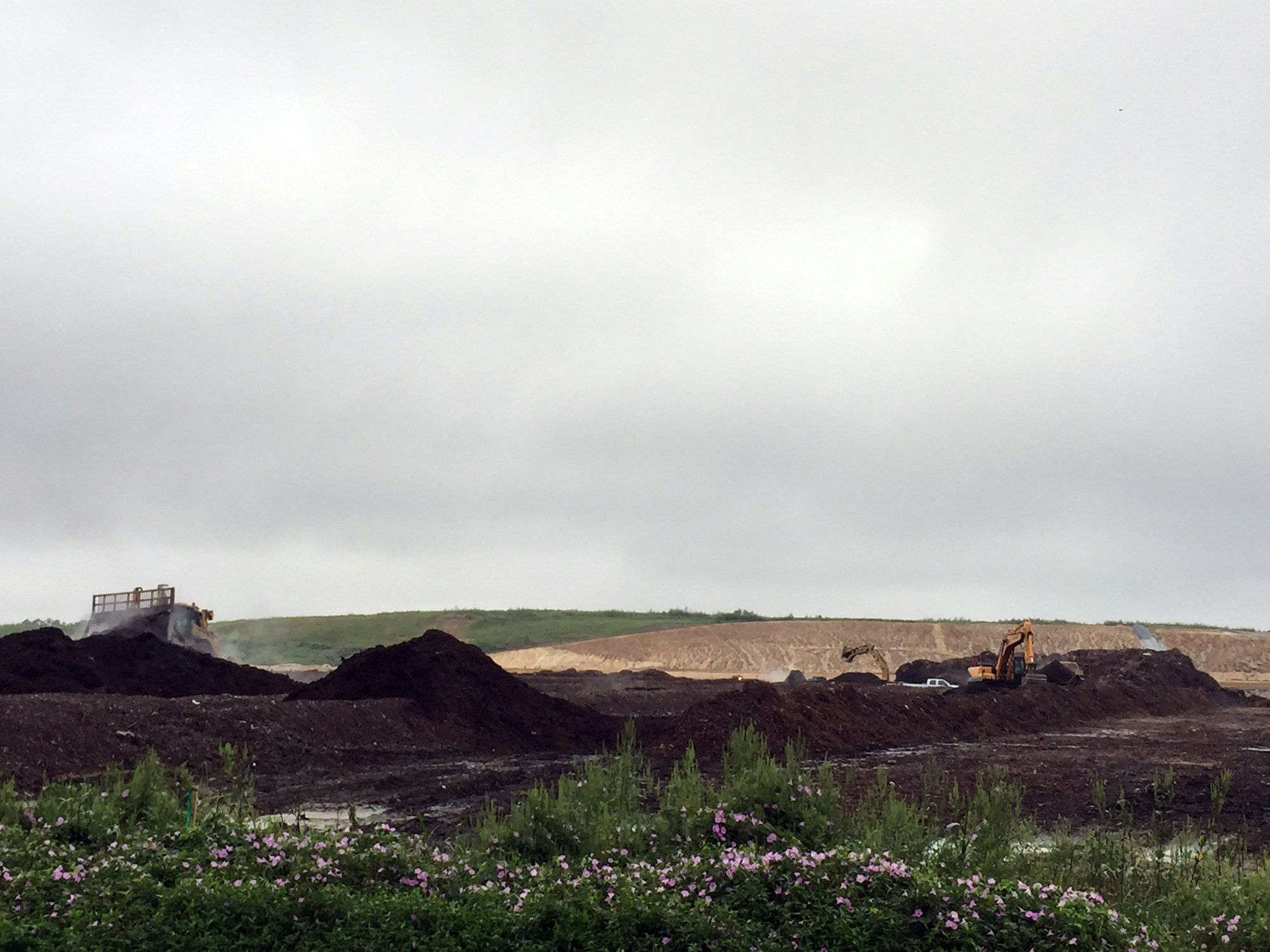Mulching is a popular and effective technique used by gardeners around the world to suppress the growth of unwanted weeds in flower beds. The process involves applying a layer of material known as mulch onto the surface of the soil to shield the ground from sunlight and conserve moisture. However, the effectiveness of mulching largely depends on the type of mulch used and the method of application. In this article, we’ll delve into the various mulching techniques and discover the most effective way to suppress weeds in your UK flower beds.
Understanding the Power of Mulch
Before diving into specific techniques, it’s crucial to understand the role mulch plays in your garden. Mulch is more than just an aesthetic choice; it is a vital element in the ongoing war against weeds.
Sujet a lire : Which Native UK Trees Are Best Suited for a Small City Garden?
Mulch serves multiple purposes in your garden. It helps to retain soil moisture, thus reducing the need for frequent watering. It also moderates soil temperature, keeping plant roots cooler in the summer and protecting them from the harsh winter cold. But most importantly, when applied correctly, mulch can inhibit weed growth, making your gardening tasks less daunting.
Organic mulches, such as compost, wood chips, bark, and straw, are often the preferred choice for gardeners. These mulches improve the soil structure, fertility, and health as they decompose over time and release essential nutrients into the soil.
En parallèle : How to Choose the Best Soil Type for Raising Orchids Indoors in the UK?
Choosing the Right Mulch
Selecting the best mulch for your garden isn’t as simple as picking the first bag you see at the garden centre. The right mulch will depend on your specific gardening needs and the type of plants you wish to grow.
For suppressing weeds, high-quality, well-rotted organic mulch is usually the best option. Organic mulches like compost, well-rotted manure, or wood chips are brilliant at blocking light from reaching the soil, thus preventing weed seed germination. Keep in mind that the mulch should be free from weed seeds to avoid introducing more weeds into your garden.
Furthermore, using a locally sourced mulch is not only cost-effective but also environmentally friendly. In the UK, recycled green waste compost, bark chippings, and spent mushroom compost are widely available and are excellent choices for organic mulch.
Proper Mulching Techniques
Proper application of mulch is key to effective weed control. Always ensure that the soil is damp before applying mulch. Mulch will help to retain the moisture in the soil and create unfavourable conditions for weed seeds.
Apply a thick layer of mulch, around 5-7.5cm (2-3 inches) deep, over the entire garden bed. This depth is sufficient to prevent weed growth, but not too deep to hinder water infiltration or suffocate plant roots. Remember to leave a small gap around the base of your plants to prevent rot and disease.
For best results, mulch your garden beds in the spring before weed seeds start to germinate and grow. Mulching too late, after weeds have already established, may not provide the weed suppression you desire.
The Role of Landscape Fabric in Weed Control
Some gardeners prefer to use landscape fabric for additional weed control. Landscape fabric, also known as weed barrier cloth, is a permeable material that allows water and air to pass through, but blocks sunlight, preventing weed growth.
Before laying down the fabric, remove any existing weeds from the garden bed. Then, cover the soil with the fabric, ensuring to secure it well. Once the fabric is in place, apply your chosen mulch on top. The mulch will hide the fabric and make your garden more visually appealing, while enhancing the weed suppression effectiveness.
Embedding Mulching into a Comprehensive Weed Control Strategy
While mulching is a powerful tool in suppressing weeds, it’s most effective when used as part of a broader, integrated weed control strategy. Consider incorporating other organic weed control methods, such as hand weeding, hoeing, or using a weed torch, into your gardening routine.
Remember, the goal isn’t to eradicate all weeds entirely, which is nearly impossible, but to keep them at a manageable level. This way, you can enjoy your beautiful, thriving garden without the constant headache of weed control.
While mulching requires effort and commitment, the benefits for your garden are immense. Not only will you spend less time weeding, but your plants will also have a better chance to grow and thrive in a weed-free environment. So, put on your gardening gloves and start mulching your way to a beautiful, weed-free garden.
Tackling Perennial and Annual Weeds: A Closer Look
While mulch does an excellent job at suppressing weed growth, it’s important to understand the two primary types of weeds you are likely to encounter: perennial and annual weeds.
Perennial weeds are the most troublesome, as they can regrow each year from their roots. Examples include dandelions, bindweed, and couch grass. Annual weeds, on the other hand, typically have a single growing season and reproduce through seeds. Common annual weeds include chickweed, annual nettle, and groundsel.
Mulching can help control both types of weeds, but the approach may vary slightly. When dealing with perennial weeds, it’s best to remove them by hand before applying the mulch. This is because some perennial weeds can grow through a mulch layer if not removed beforehand.
Annual weeds, however, can usually be controlled simply by applying a thick layer of mulch. The mulch blocks sunlight from reaching the weed seeds, preventing their germination.
Keep in mind that no single technique will eliminate all weeds. Mulching should be used in conjunction with other weed control methods like hand weeding for best results. And remember, it’s about reducing weeds to a manageable level, not eradicating them entirely.
The Benefits of Biodegradable Mulches
In the battle against weeds, biodegradable mulches offer a sustainable and eco-friendly solution. These mulches, made from organic materials like compost, bark, and straw, decompose over time, enriching the soil with organic matter.
Biodegradable mulches not only suppress weeds but also improve soil health, promote moisture retention, and regulate soil temperature. They offer a simple, cost-effective, and environmentally friendly method of weed control that’s ideal for any UK garden.
When choosing a biodegradable mulch, consider your garden’s specific needs. Bark mulch, for example, is excellent for improving soil structure and fertility. Straw or compost, on the other hand, can provide a quick source of nutrients for your plants.
Remember, the key to effective weed suppression is applying a thick layer of mulch (2-3 inches) and replenishing it as necessary. As always, remember to keep mulch away from the base of your plants to prevent rot and disease.
Conclusion: Embrace Weed Control as Part of Your Gardening Routine
Whether you’re a seasoned gardener or a beginner, weed control should be a crucial part of your gardening routine. Implementing the right mulching techniques can significantly suppress weeds, making your garden maintenance less of a chore.
Remember, the goal isn’t to eliminate every single weed but rather to keep them at a manageable level. By understanding the different types of weeds and how to control them, you can make your garden a more pleasant space to work in.
Choosing the right type of mulch and applying it correctly are vital steps in effective weed control. Organic, biodegradable mulches are a brilliant choice for any UK flower bed, offering weed suppression and enriching the soil simultaneously.
Mulching is more than just a weed control technique; it’s a way to promote healthier soil and plants. While it does require effort and consistency, the rewards are well worth it. So, don your gardening gloves and start applying mulch today. In no time, you’ll be enjoying a beautiful, weed-free garden.














